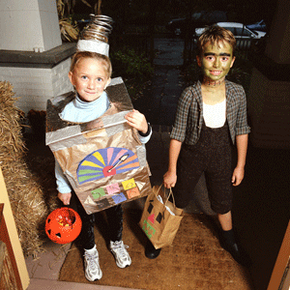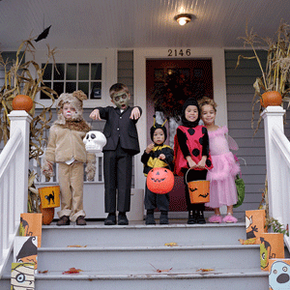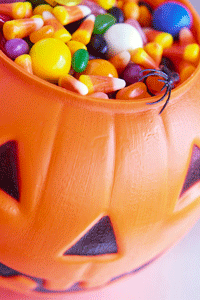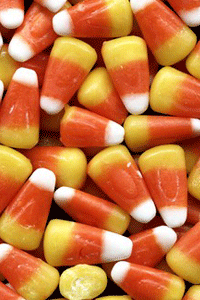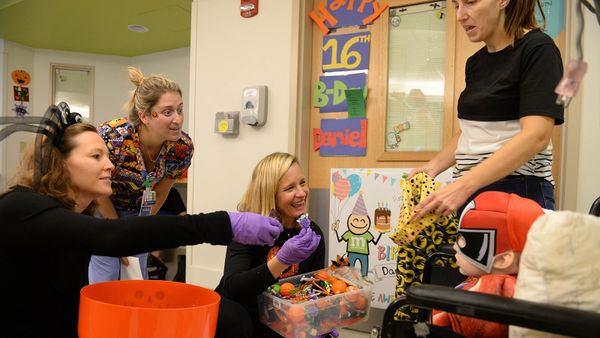You have to figure any night involving costumes and buckets of candy is going to be a hit with the young crowd. And it is: In the United States, more than 90 percent of children aged 5 to 14 go trick-or-treating on Halloween, and more than $2 billion in sweets changes hands in a single evening [source: Sullivan].
Every October 31, kids head out in droves, the promises of sugar and dressing up filling neighborhood streets and malls with little ghosts, Harry Potters and Hannah Montanas going door-to-door in search of tooth-rot. Sweet, wonderful tooth-rot.
Advertisement
But as with most other indulgences, Halloween does come with some risks, aside from the dental ones. After all, it's a night when ill-fitting, low-visibility masks are standard, children are crossing neighborhood streets after dark and strangers with candy is the norm. That's no reason to abandon the fun, though. A little knowledge and some forethought can make for a safe Halloween, still filled with the traditional holiday stuff that tens of millions of kids, and often their older siblings and parents, look forward to every October [source: Kurutz].
For most people, a "traditional" Halloween means three things: costumes, trick-or-treating and months' worth of candy handed out for free. All good things, as long as no one trips on a too-long wizard robe and cracks a tooth on the curb, or eats a snack-size Snickers bar despite a peanut allergy. In this article, we'll find out how you can minimize the risks that pop up on Halloween evening. We'll look at some ways you can help ensure a safe, stress-free holiday without giving up the good stuff.
Most people would agree dressing up is pretty central to the evening. Candy-givers have been known to refuse treats to brazenly nondisguised solicitors. But before you go with that all-black ninja costume or the Thriller-esque, cat-eye contact lenses, let's check out some Halloween-costume safety guidelines.
Advertisement
